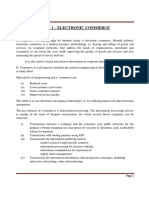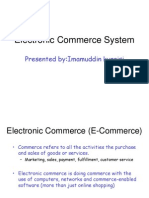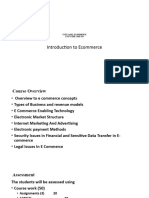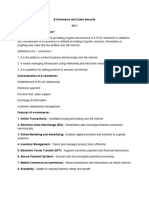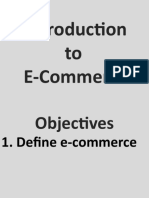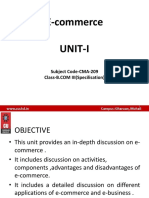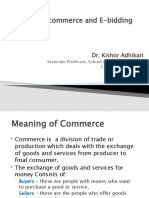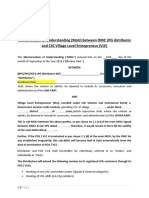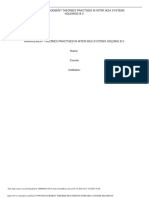0% found this document useful (0 votes)
11 views3 pagesModule 1 - Introduction To E-Commerce
5
Uploaded by
denverpalanog0607Copyright
© © All Rights Reserved
We take content rights seriously. If you suspect this is your content, claim it here.
Available Formats
Download as DOCX, PDF, TXT or read online on Scribd
0% found this document useful (0 votes)
11 views3 pagesModule 1 - Introduction To E-Commerce
5
Uploaded by
denverpalanog0607Copyright
© © All Rights Reserved
We take content rights seriously. If you suspect this is your content, claim it here.
Available Formats
Download as DOCX, PDF, TXT or read online on Scribd
/ 3










